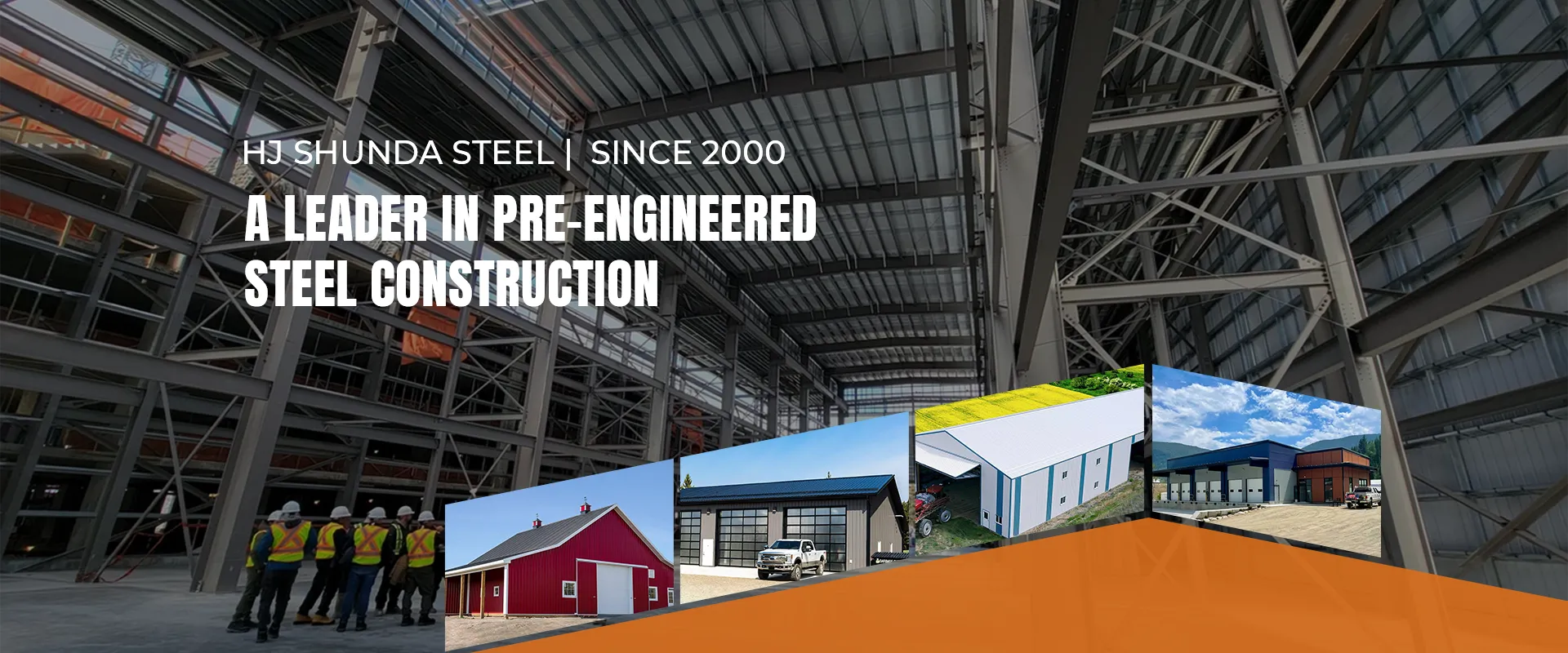- Afrikaans
- Albanian
- Amharic
- Arabic
- Armenian
- Azerbaijani
- Basque
- Belarusian
- Bengali
- Bosnian
- Bulgarian
- Catalan
- Cebuano
- Corsican
- Croatian
- Czech
- Danish
- Dutch
- English
- Esperanto
- Estonian
- Finnish
- French
- Frisian
- Galician
- Georgian
- German
- Greek
- Gujarati
- Haitian Creole
- hausa
- hawaiian
- Hebrew
- Hindi
- Miao
- Hungarian
- Icelandic
- igbo
- Indonesian
- irish
- Italian
- Japanese
- Javanese
- Kannada
- kazakh
- Khmer
- Rwandese
- Korean
- Kurdish
- Kyrgyz
- Lao
- Latin
- Latvian
- Lithuanian
- Luxembourgish
- Macedonian
- Malgashi
- Malay
- Malayalam
- Maltese
- Maori
- Marathi
- Mongolian
- Myanmar
- Nepali
- Norwegian
- Norwegian
- Occitan
- Pashto
- Persian
- Polish
- Portuguese
- Punjabi
- Romanian
- Russian
- Samoan
- Scottish Gaelic
- Serbian
- Sesotho
- Shona
- Sindhi
- Sinhala
- Slovak
- Slovenian
- Somali
- Spanish
- Sundanese
- Swahili
- Swedish
- Tagalog
- Tajik
- Tamil
- Tatar
- Telugu
- Thai
- Turkish
- Turkmen
- Ukrainian
- Urdu
- Uighur
- Uzbek
- Vietnamese
- Welsh
- Bantu
- Yiddish
- Yoruba
- Zulu
Ara . 09, 2024 15:25 Back to list
The Rise of Prefabricated Metal Structures An Efficient Alternative in Modern Construction
In recent years, there has been a noticeable shift in the construction industry towards prefabricated metal structures. Prefabrication, which involves assembling components of a building in a factory setting before transporting them to the construction site for installation, offers several advantages that make it an appealing choice for both builders and clients. This article delves into the benefits, applications, and future of prefab metal constructions, highlighting why they are swiftly becoming a favored option in modern architecture.
Advantages of Prefabricated Metal Structures
One of the most significant advantages of prefabricated metal structures is efficiency. Traditional construction methods often involve lengthy timelines, with delays caused by weather conditions, on-site labor availability, and other unforeseen factors. In contrast, prefabricated components are manufactured in controlled environments where variables can be managed more effectively. As a result, assembly on-site can happen quickly, drastically reducing the overall construction timeline.
Moreover, prefabrication offers enhanced quality control. Since components are created in a factory, they can be subjected to rigorous quality checks before they ever reach the construction site. This leads to a higher standard of building quality and reliability. The precision with which metal parts are fabricated allows for a tighter fit and reduced waste, ensuring that each element integrates seamlessly into the overall structure.
Cost-effectiveness is another compelling factor. While the initial investment in prefabricated materials might seem higher, the savings generated in labor costs, reduced construction time, and minimized waste can lead to lower overall project costs. Additionally, the durability and longevity of metal structures often translate into fewer repairs and mitigated long-term expenses.
Versatile Applications
Prefabricated metal structures are incredibly versatile and can be used across various sectors. They have gained popularity in industrial applications, such as warehouses, factories, and distribution centers, where speed and scalability are crucial. Additionally, these structures are frequently employed in agricultural settings, where metal barns and storage facilities can be constructed rapidly and affordably.
The commercial sector has also embraced prefab metal as an effective solution. Retail stores, showrooms, and office buildings can be assembled using prefabricated metal components, facilitating quick expansions or relocations. Even in residential applications, modern metal houses and modular homes are becoming more prevalent. These buildings are not only aesthetically pleasing but are also increasingly sustainable, aligning with contemporary eco-friendly practices.
prefab metal

Environmental Considerations
Sustainability is a key aspect of the growing demand for prefabricated metal structures. As the construction industry grapples with its environmental impact, prefabrication offers a more eco-friendly alternative. Metals, particularly steel, are highly recyclable, which significantly reduces the ecological footprint when compared to traditional building materials. Furthermore, the efficient use of materials during the prefabrication process minimizes waste, contributing to a more sustainable approach to construction.
Incorporating energy-efficient designs in prefab metal buildings can also lead to lower operational costs and reduced energy consumption. Features such as insulated panels, solar energy systems, and conscientious site planning are increasingly being integrated into these structures, promoting a greener way of living and working.
The Future of Prefabrication
As technology continues to advance, the future of prefab metal construction looks exceptionally promising. Innovations such as 3D printing and advanced manufacturing processes are set to revolutionize how prefabricated components are designed and produced. This evolution will allow for more customized solutions, catering specifically to the needs and preferences of clients, while retaining the benefits of speed and efficiency.
Furthermore, with urbanization on the rise, the need for rapid and scalable construction solutions will only increase. Prefabricated metal structures provide the answer for urban planners and developers seeking to accommodate growing populations without compromising on quality or sustainability.
Conclusion
In summary, prefabricated metal structures offer a compelling alternative to traditional construction methods, characterized by efficiency, quality, versatility, and sustainability. As the construction landscape evolves, the adoption of these innovative building solutions will undoubtedly pave the way for a more sustainable, cost-effective, and faster approach to meeting the demands of modern society. With the continued advancement of technology and a growing focus on environmental responsibility, the future of prefab metal construction is bright, promising a transformation in how we build our environments.
-
Cold Formed Steel Residential Framing
NewsMay.21,2025
-
Innovative Steel Structure Building Solutions
NewsMay.19,2025
-
Innovative Prefab Metal Shed Solutions
NewsMay.19,2025
-
Durable Steel Horse Shelter Solutions
NewsMay.19,2025
-
Durable Metal Shed Solutions
NewsMay.19,2025
-
Durable Big Metal Shed Solutions
NewsMay.19,2025
Products categories
Our Latest News
We have a professional design team and an excellent production and construction team.












